Summer Stock: Beach Drawings
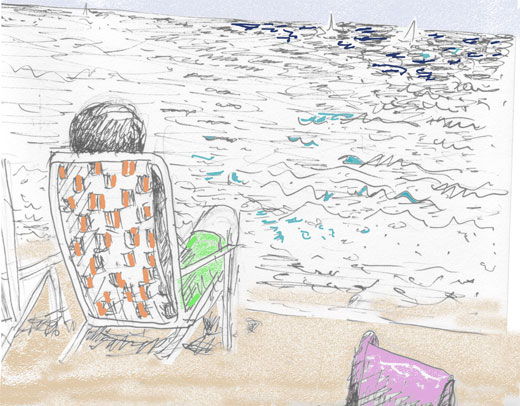
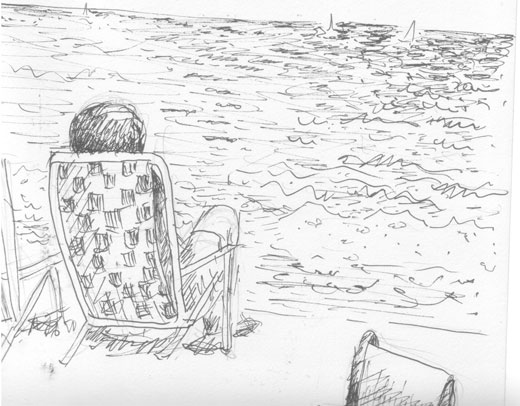
For more Summer Stock Sunday, visit Robin at Around the Island.


For more Summer Stock Sunday, visit Robin at Around the Island.
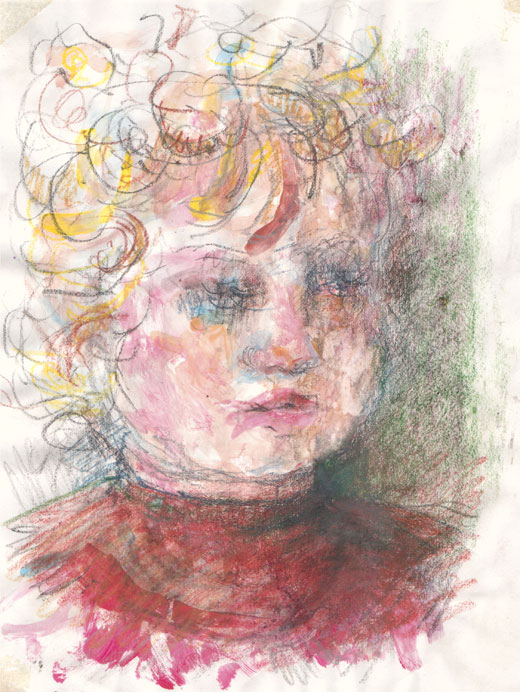
I did this almost 6 years ago, when my daughter was one. It’s a combination of graphite, watercolor and crayons on paper. As I haven’t had a chance to do art lately (work, work, work –> keep that web work coming!), I love the opportunity to share this portrait with you.
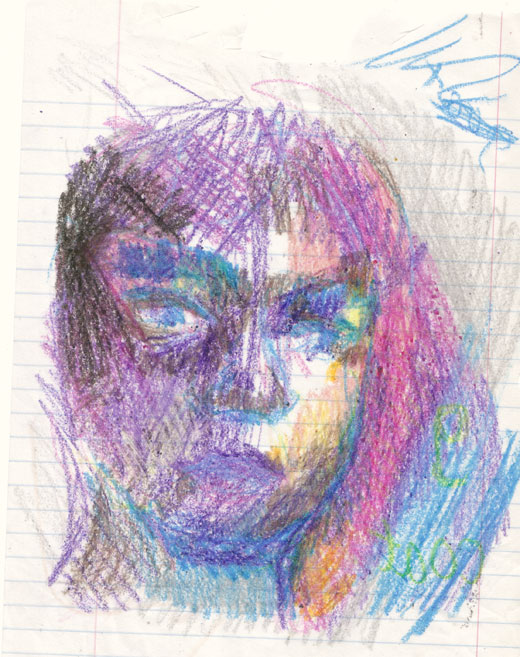
I was looking at my daughter when I drew this. So I can’t say it is “of her” but rather inspired by her presence. When she saw it, she declared, “but I’m not purple.” She seemed to be OK about my posting this intense work of art. Executed in fine children’s crayons on old spiral notebook paper, it is available for the asking price of a mere $1,000. Should I add another zero to that figure? Any bidders?
Do you think it’s blog-worthy? Well, here it is. I had a hard week last week (family stuff: my father is doing well now, thanks), and I was concentrating on concentrating on doing my work (and that second ‘concentrating’ is not a typo: when life gets stressful, doing what one needs to do can take a lot of energy).
What do you do when life feels stressful? Do you write about it, talk about it, run around the block, play music?

My daughter painted this on Sunday afternoon. I only did the blue background, at her request, because she felt I would be more careful about not painting over the objects in the painting. I also did one darker green line, in my efforts to show her that if one adds a color in several different tones (say, light, dark and medium), one can achieve more of a sense of realism. My daughter wasn’t terribly interested in my words of wisdom, but she did request that I put this on the blog. She was looking at my geranium perennial when she painted this; I hope to post some photos of that lovely plant sometime in the next week or so.
Please click on the painting to see more detail.
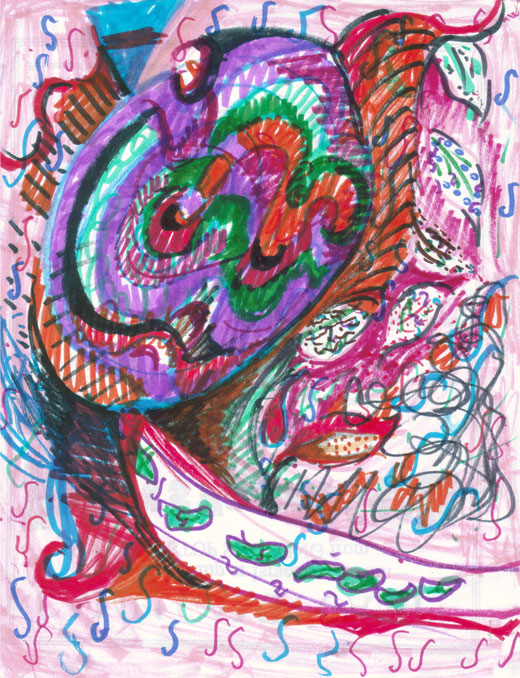
Yes, it is another exciting episode of What Do You See?, brought to you by Leora and her daughter. The daughter specifically requested that this be put online. Any thoughts, ideas, ponderings about what is going on this drawing?
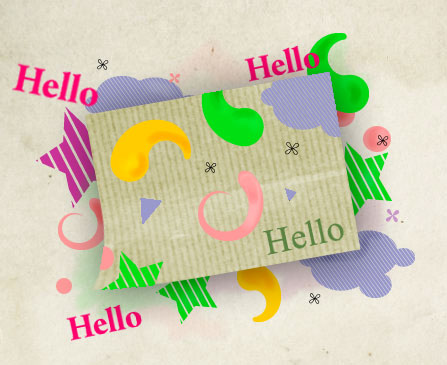
I spent a little more time working on the design I started in this post. Lots of opportunities to utilize a variety of tools (pathfinder, burn and dodge, subtract, blend, drop shadow to name some) in both Adobe Illustrator and Photoshop came up because I followed Chris Spooner’s tutorial.
So what do you see in the design? What could one use a design like this for? For example, if you replaced the text with something other than hello, what would you say?
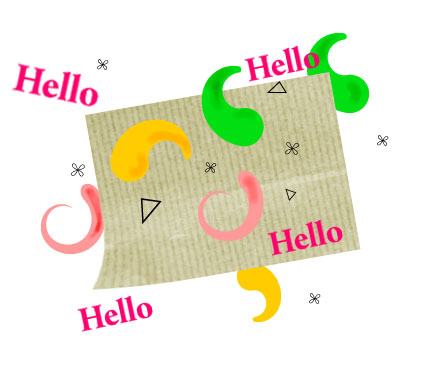
I was playing with the ideas in this tutorial by Chris Spooner last night, and I thought, why not post what I did. Not sure what I am going to do with this design, but at some point, making those fun swirly objects will be useful! I used Illustrator to create the vector designs (the rounded blobby things) and Photoshop to put it all together in a collage.
Below is the same exact illustration, but one thing is different. Can you guess what it is?
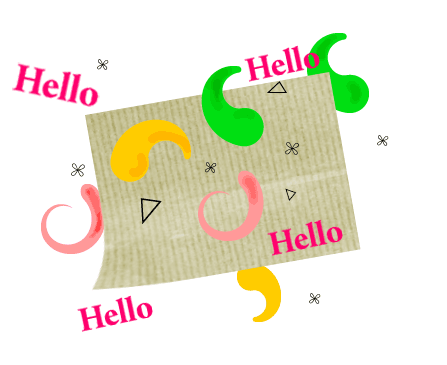
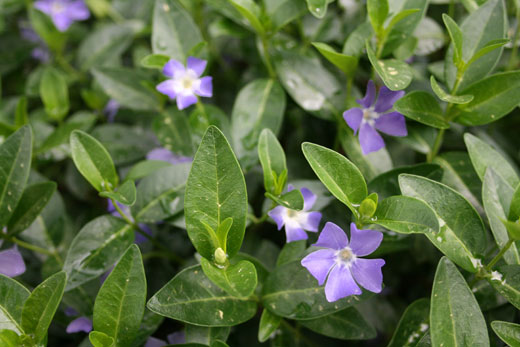
Periwinkle is growing on the side of my house: it’s a great ground cover for shady spots.
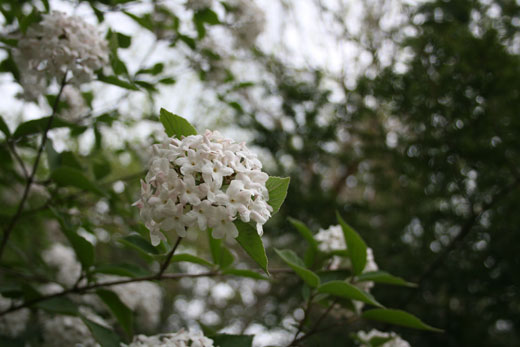
The lilac blooms have already fallen off my neighbor’s bush. They don’t last long.

The dogwood flowers are such a pleasure to view in bloom.


This edition of What Do You See is once again brought to you by my six-year-old daughter. So, what do you see?
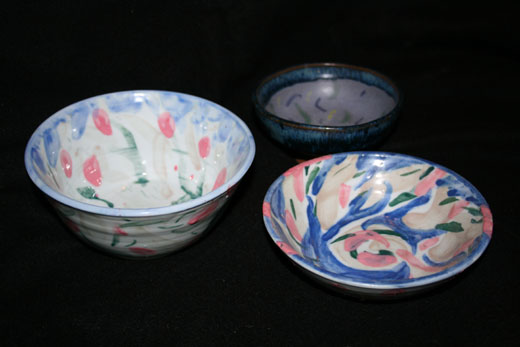
One day I will get back to doing pottery again, which I did for about ten years and stopped around the time my middle son was two. I took the opportunity to photograph some of my pottery today against a black blanket, as this week’s Thursday Challenge is DELICATE (Glass, Lace, Jewelry, Plants, Breakable Things,…).